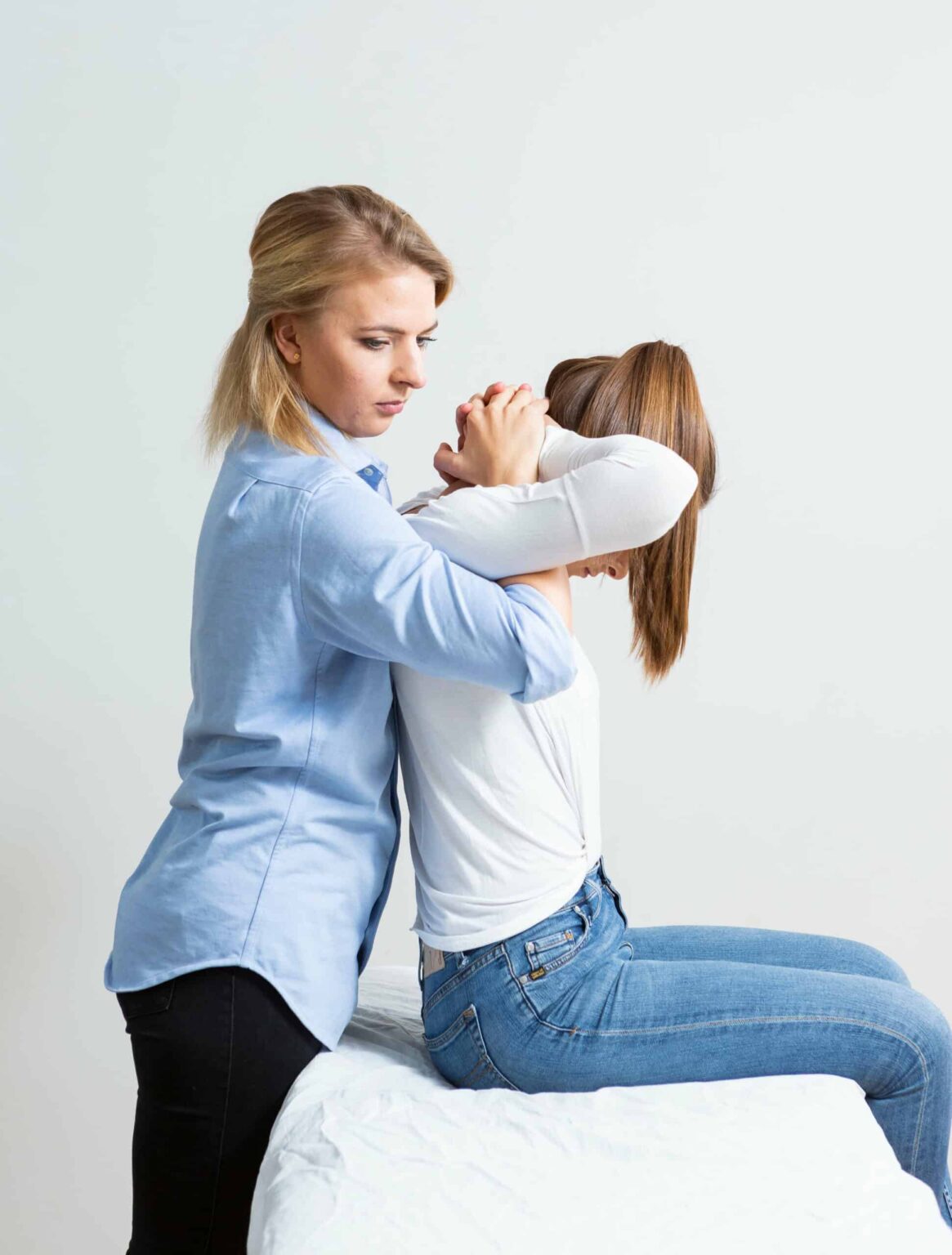We treat
Side stitch
Learn more about side stitches and their treatment
What is a side stitch?
Side stitches are sharp, stabbing pains around the diaphragm that can occur during exercise. The pain can occur on both sides of the body, but is most common on the right side.
The symptoms particularly affect young athletes, but can in principle occur in anyone who does sports.
Side stitches can be an obstacle to training, but the pain usually subsides if you take a break or reduce the load.
Jump to section [Vis]
The most common causes of side stitches
It is not yet fully understood what exactly causes side stitches. One theory is that they are caused by connective tissue from the organs that attach to the diaphragm muscle. The stomach, spleen, and liver all have such ligaments, which may explain why the pain can occur on both the right side (liver) and the left side (stomach and spleen). This may also explain why a full stomach can worsen the symptoms.
The liver is generally heavier than the stomach and can weigh up to 1.5 kg in adults. In contrast, a full stomach can hold 1-1.5 liters of food, which together can weigh about 1-1.5 kg, depending on what has been eaten or drunk. It typically takes 3-4 hours for food to pass through the stomach after a meal. The spleen, which is normally much lighter, weighs an average of only 100-200 grams in adults.
When landing while running, the ligaments from these organs can pull on the diaphragm muscle, which can cause pain, either from the ligaments themselves or from the diaphragm muscle itself.
Since connective tissue is pliable, this may explain why experienced or older athletes who have stretched their connective tissue through training experience side stitches less frequently.
The most widely accepted explanation for side stitches in research today, however, is that the pain is caused by irritation of the peritoneum. During sports such as running or swimming, the peritoneum is moved, and either the friction between the peritoneum and surrounding structures, such as the organs, or stretching of the connective tissue can cause irritation of the peritoneum and thus the sharp, stabbing pain.
A full stomach can increase friction between the peritoneum and the stomach, which may be another explanation for why large fluid or food intake right before exercise often worsen side stitches.

How to avoid side stitches
The risk of side stitches increase if you eat or drink right before exercising, as a full stomach increases the risk. Carbonated drinks stay in the stomach longer, so it may be a good idea to avoid sodas, for example, right before exercising. In addition, hypertonic drinks, i.e. drinks with a higher concentration of salts and sugar than the blood, can also increase the risk of side stitches.
On the other hand, good hydration during exercise has been shown to reduce the risk of side stitches, perhaps because flexible connective tissue requires adequate fluid. However, it is important that the stomach is not overfilled with fluid or food while exercising. Therefore, it makes sense to stay well hydrated in the days leading up to exercise and to make sure to drink plenty of fluids after a workout.
It is actually recommended to consume approximately 1.2-1.5 liters of fluid for every kilogram of body weight lost during exercise. This also contributes to better recovery.
It may be appropriate to reduce the intake of foods high in fat and fiber shortly before exercise, as these foods stay longer in the stomach before passing on to the duodenum.
It’s also a good idea to gradually increase your training. If you increase the intensity too quickly, for example when running, the risk not only increases for side stitches but also for overuse injuries.
Treatment of side stiches during exercise
If side stitches occur during exercise, it may help to take a break or reduce the pace and load.
It can also relieve pain by placing your hand on the painful area, which can reduce the discomfort (inhibit the area). At the same time, you can try bending forward slightly to shorten the area.
It can be helpful to stretch the abdominal muscles by raising the arms above the head and stretching the side of the body.
Additionally, it can help to stop and take some deep, calm breaths during your workout.

Are side stitches dangerous?
Side stitches are a benign and harmless condition, but they can be detrimental to training. Pain during exercise can be demotivating and in some cases lead to skipping the workout.
Side stitches usually disappear a few minutes after you stop or take a break from your workout.
The characteristic of a side stitch is that it occurs in connection with physical activity. For some, even a brisk walk can trigger it, especially if the walk is downhill.
Other causes of pain
The spleen, which is located on the far left side of the abdomen, can become tender and enlarged in connection with mononucleosis (the kissing disease).
Kidney stones and gallstones can also cause pain in the area around the diaphragm. However, kidney stones will often cause back pain, which sometimes radiates down to the groin. Gallstones typically cause pain on the right side of the diaphragm, but the pain can also radiate to the right side of the back, right shoulder or shoulder blade. These types of pain are often very intense and are frequently accompanied by nausea or vomiting.
The stomach, which is located near the diaphragm on the left side, can also cause pain, for example, in connection with stomach ulcers. Such pain can be accompanied by nausea, vomiting, heartburn and acid reflux.
If pain in the area around the diaphragm occurs at rest or without physical exertion, it may be a good idea to contact your doctor for a more detailed assessment. Side stitches usually has a characteristic connection with physical activity and should subside shortly after exercise is paused.
Side stitches in various sports
Side stitches are seen in several different sports, such as running, cycling, swimming, basketball and other team sports.
It doesn’t have to be sports where the pulse necessarily gets high. It can also be seen in equestrian sports and even motorcycle racing, for example.
It is especially common in sports with vertical translation, such as landings or other movements up/down in the vertical plane, or in sports with repetitive rotations of the torso, such as swimming.
It has been shown that running downhill can increase side stitches, perhaps because the force applied to the tissue around the diaphragm muscle is increased due to a harder landing. Approximately one in five runners experience side stitches at any given running event.
Osteopathy and side stitches
Through manual therapy, structures around the diaphragm, including the diaphragm muscle itself, can be loosened. It appears that loosening, for example, the hip flexors and the quadratus lumborum, which is the back muscle in the flank, can relieve tension in the area.
Visceral osteopathy can also address the connective tissue through treatment – both the peritoneum and the ligaments from the diaphragm muscle to the stomach, liver and spleen.
It may also make sense to work on the mobility of the thoracic spine. Both the diaphragm muscle, as well as the abdominal muscles and the intercostal muscles, which are the muscles between the ribs, have attachments to the ribs and thus the thoracic spine. These muscles have also been mentioned in the explanations behind side stitches. This suggests that the mobility of the lower six ribs in particular may be important for side stitches.
The diaphragm, peritoneum and liver capsule are all innervated by the phrenic nerve, which originates from the 3rd to 5th cervical vertebrae. Therefore, it also makes sense to include neck mobility in the clinical examination.
There are still no good studies supporting manual treatment of side stitches, and further research is still needed into the causes and mechanisms behind the pain.

Myths about side stitches
Many people have probably heard that the spleen is the cause of side stitches. However, this is a myth, as even people who have had their spleen removed can experience side stitches. Furthermore, side stitches most often occur on the right side, while the spleen is located on the far left side of the abdominal cavity. As previously mentioned, the spleen is related to the connective tissue around the diaphragm muscle, but it is normally somewhat smaller and lighter than both the stomach and the liver.
Side stitches are also not caused by a spasm in the muscles. A 2008 study concluded via EMG measurements that the pain from side stitches was not associated with increased EMG activity, which rules out muscle spasms as the cause.
Another myth is that side stitches occur because the diaphragm muscle is deprived of oxygen during exercise, which would lead to ischemic pain (pain due to lack of oxygen). However, this theory cannot explain why side stitches can also occur in sports with lower respiratory demands, such as horseback riding and motorcycle racing. In these sports, it is unlikely that the blood supply to the diaphragm muscle would be reduced due to faster breathing. Research has also shown that the function of the diaphragm muscle is not significantly reduced while experiencing side stitches.
How to train your body to avoid side stitches
Stretching exercises can be useful both preventively and if side stitches occur during exercise. These can be the aforementioned side stretches with arms above the head, but in general, good mobility around the spine as well as back muscles and connective tissue can be beneficial in avoiding side stitches.
Stability and strength, especially around the back and abdominal muscles, can also be effective in preventing side stitches. Depending on the sport, however, it may be a good idea to train more broadly and also include the lower legs, thighs, hips or upper body as part of the training.
Focusing on posture or technique during training can also have a positive effect. Here it can be advantageous to have others observe your technique or film yourself during training.
Side stitches occur less frequently in people who exercise regularly, so building up a generally good fitness and training status can have a preventive effect.
Sources:
https://www.healthline.com/health/side-stitch
https://www.sciencedirect.com/topics/immunology-and-microbiology/stomach
https://pmc.ncbi.nlm.nih.gov/articles/PMC1382616/
https://pmc.ncbi.nlm.nih.gov/articles/PMC2465227/
https://pmc.ncbi.nlm.nih.gov/articles/PMC4281377/
https://www.sportsmedtoday.com/side-stitch-va-236.htm
https://pubmed.ncbi.nlm.nih.gov/17067495/
https://www.running-physio.com/side-stitch/
https://www.functionalpatternsbrisbane.com/blog-page/fascia-and-biomechanics-a-neuro-endocrine-organ
https://www.teamdanmark.dk/til-atleter/sportsernaering/vaeske
https://www.osmosis.org/answers/parietal-peritoneum

Often related injuries
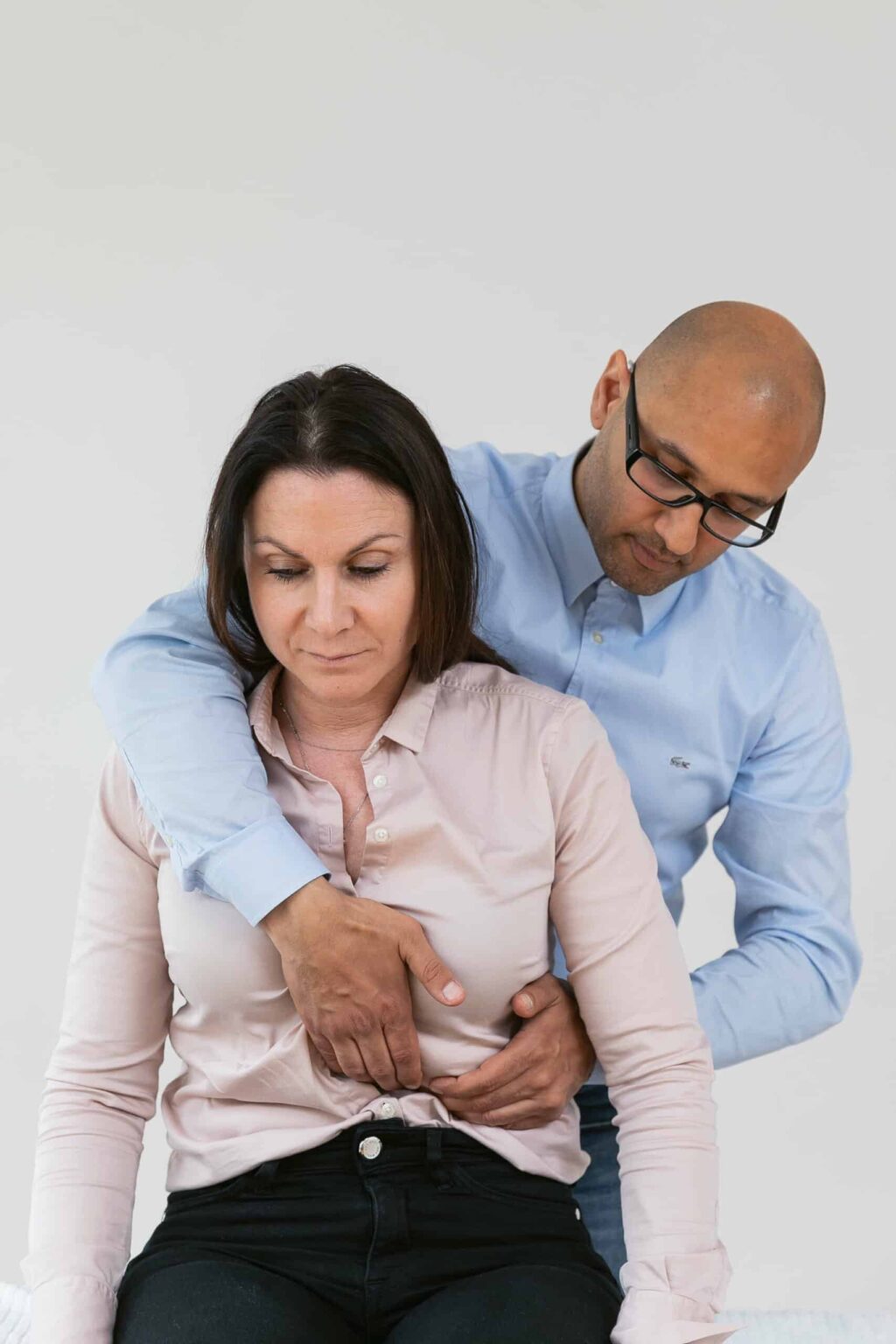
Side stitch
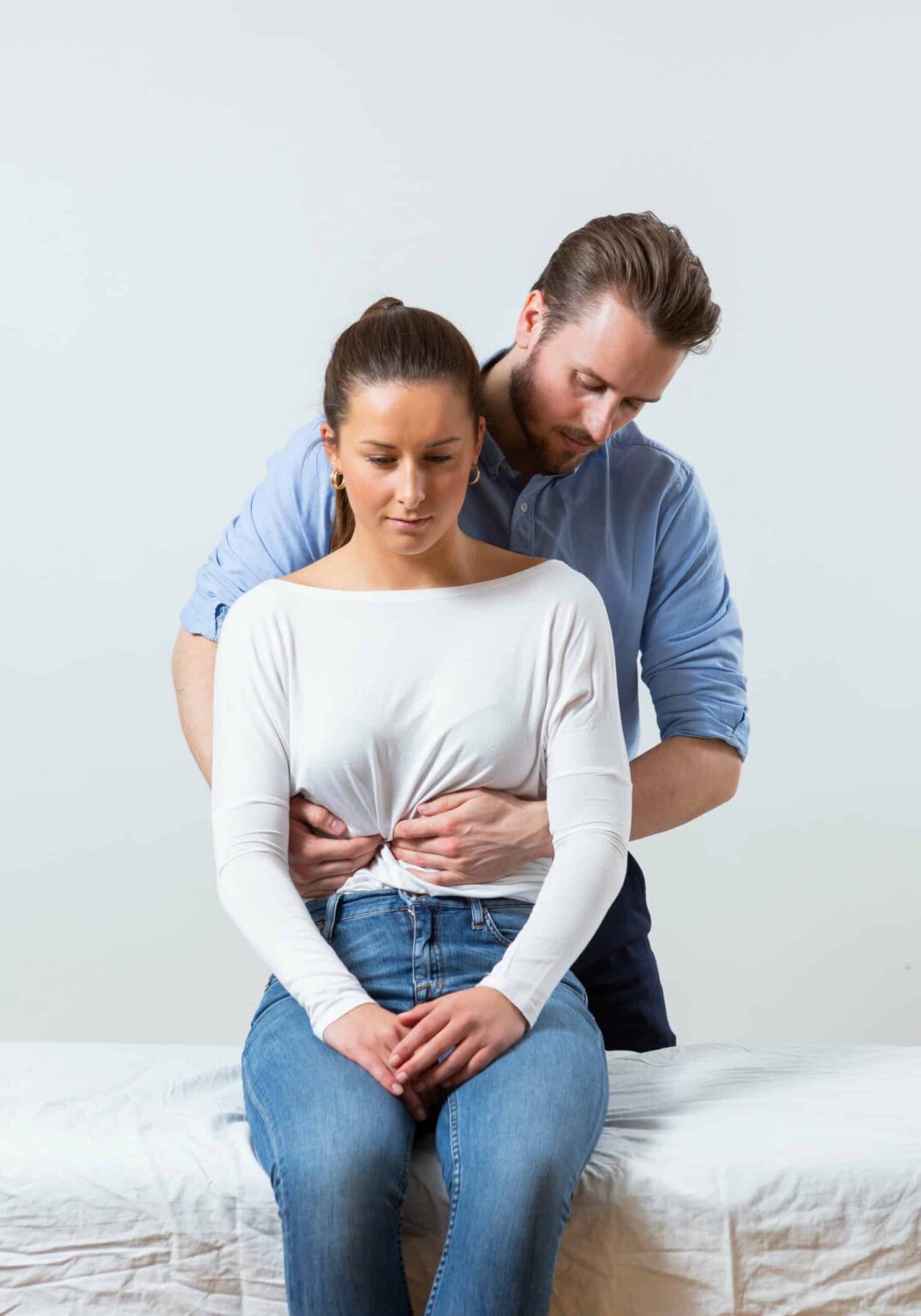
Hidden constipation
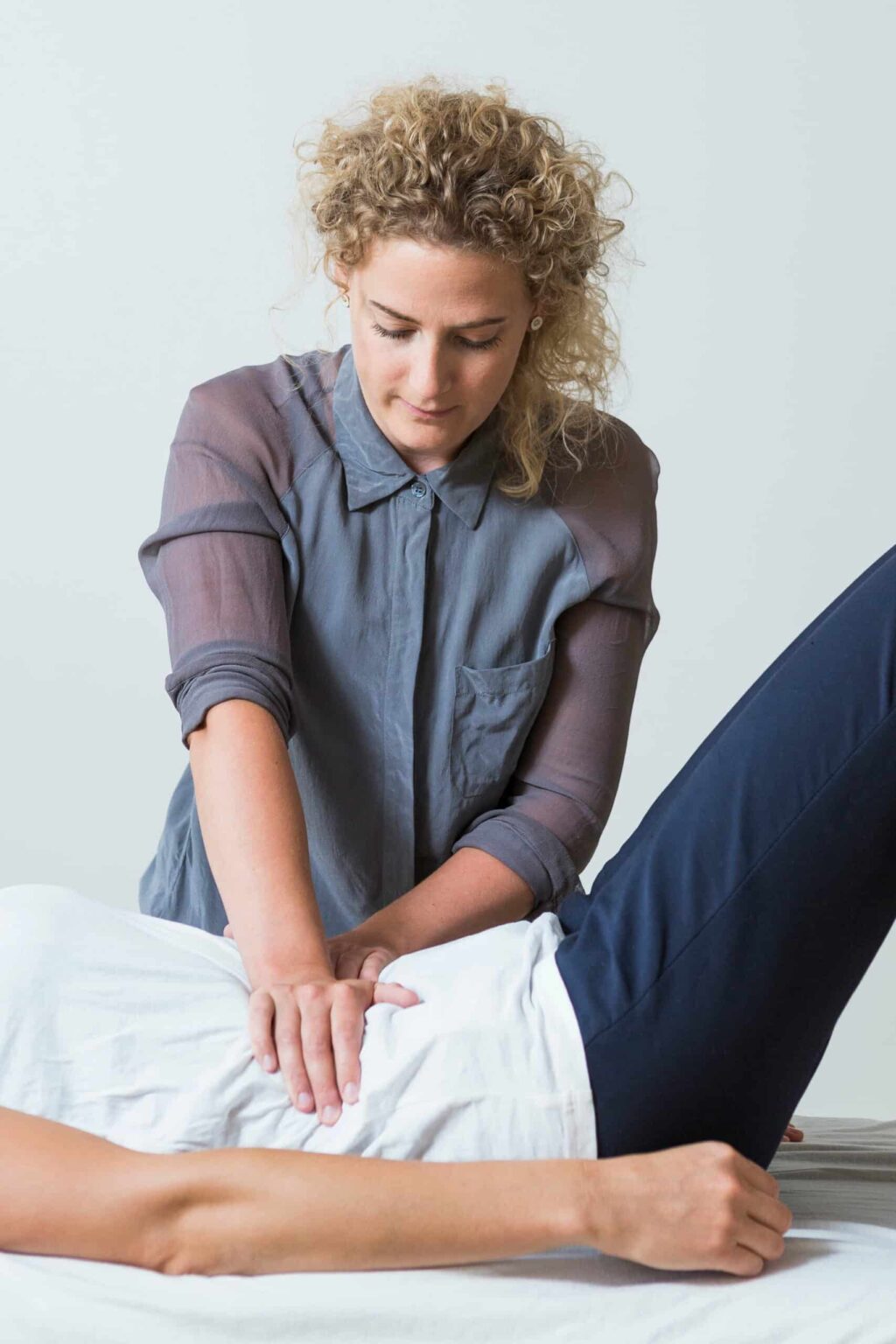
Urinary incontinence
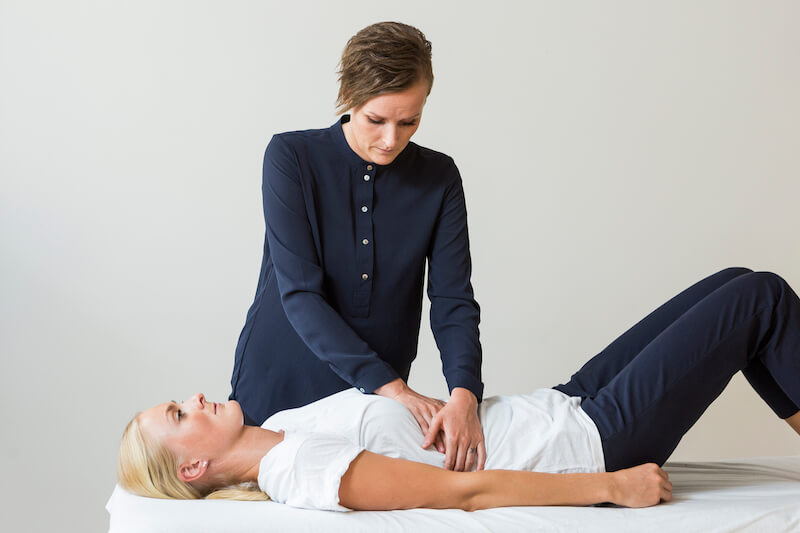
Celiac disease
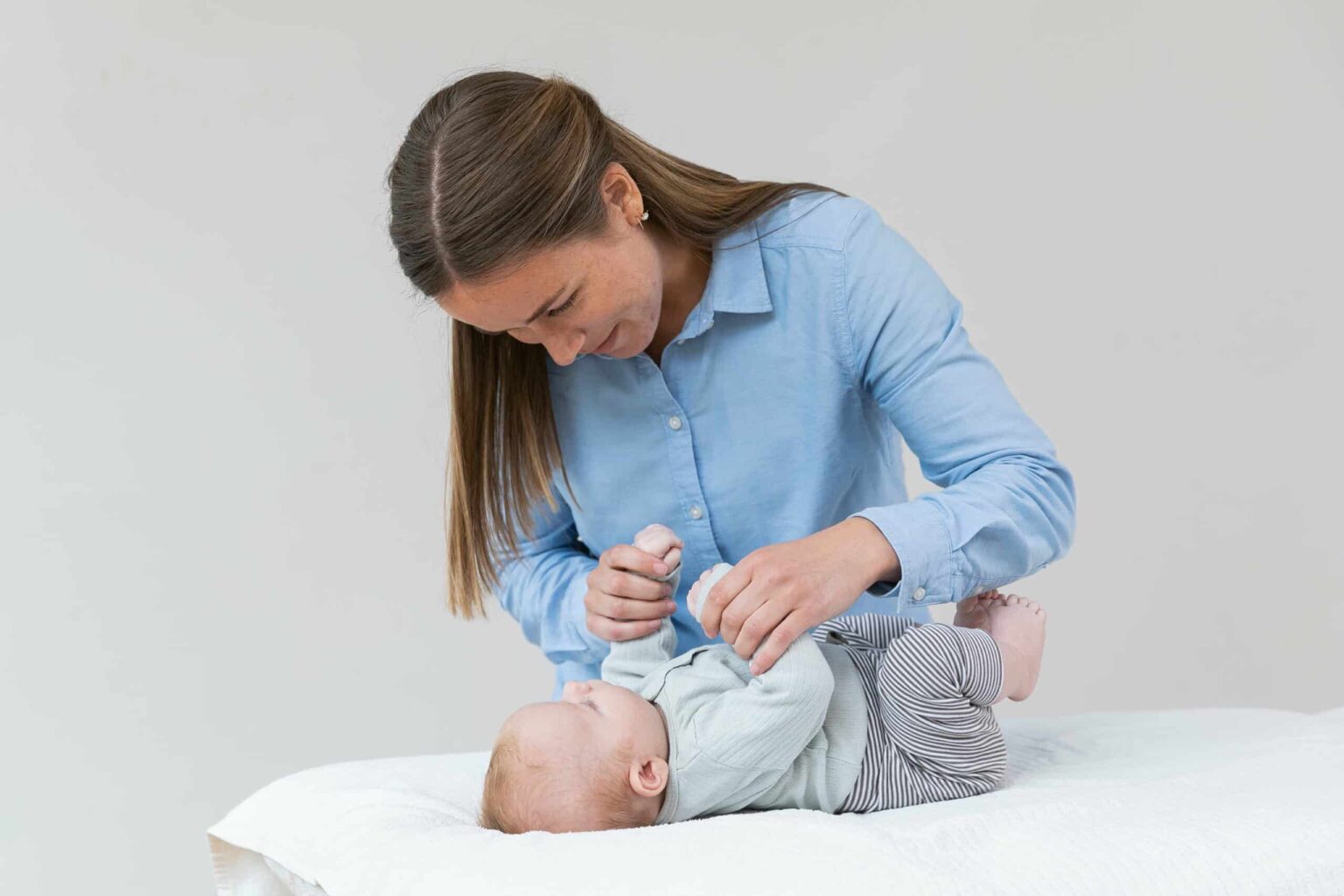
Hypermobility in babies and children
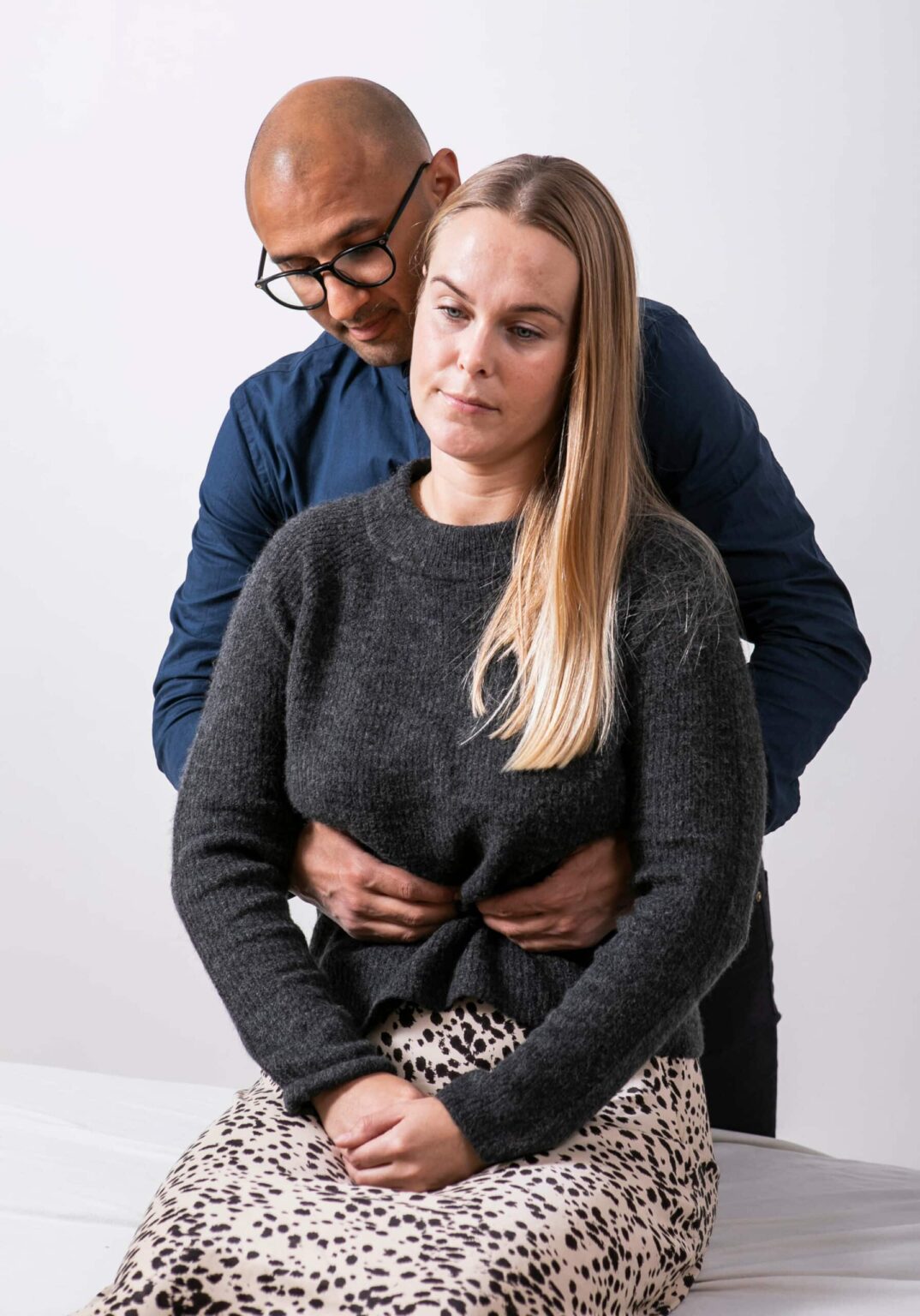
Ulcer
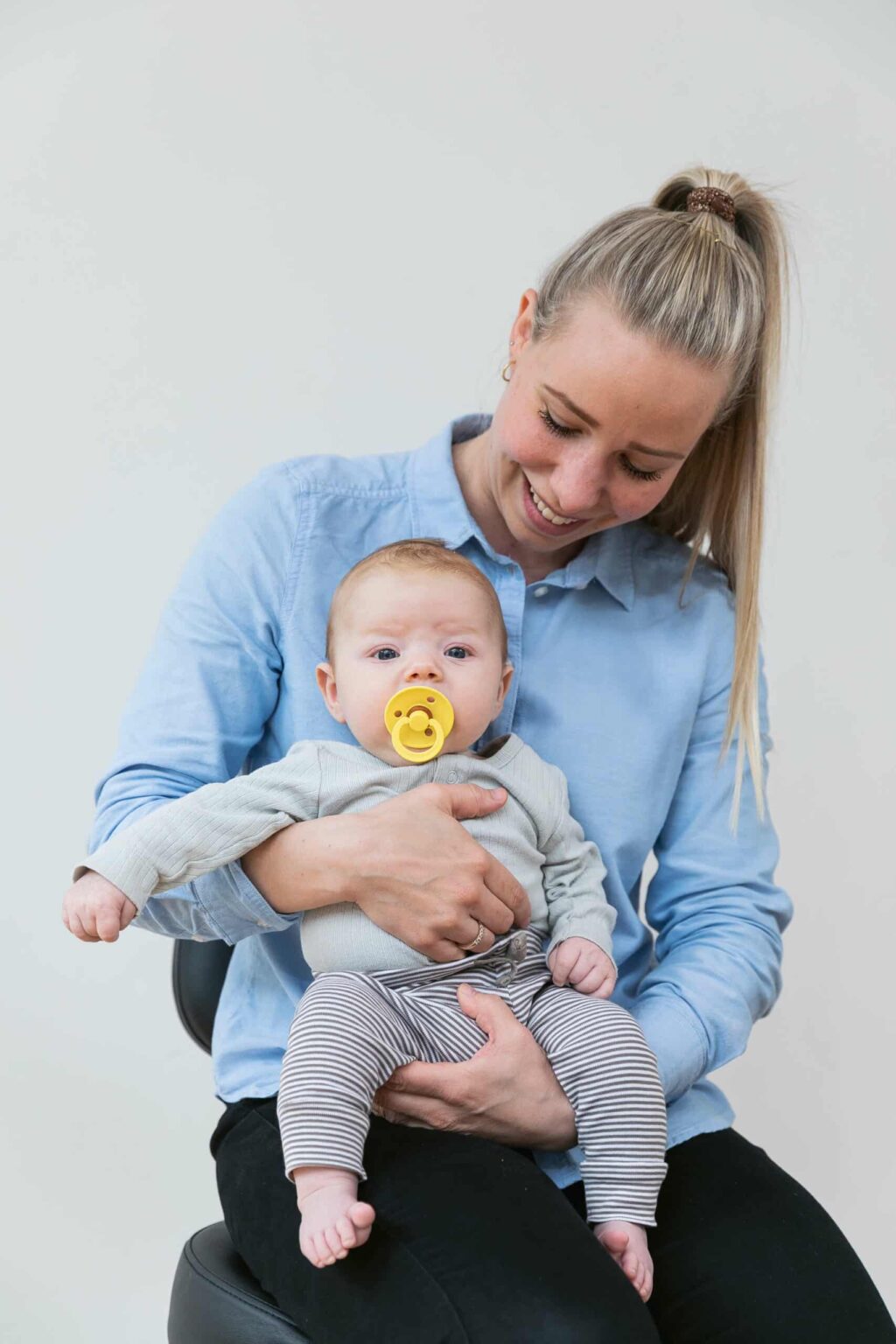
Muscle tension or imbalances in babies and children
